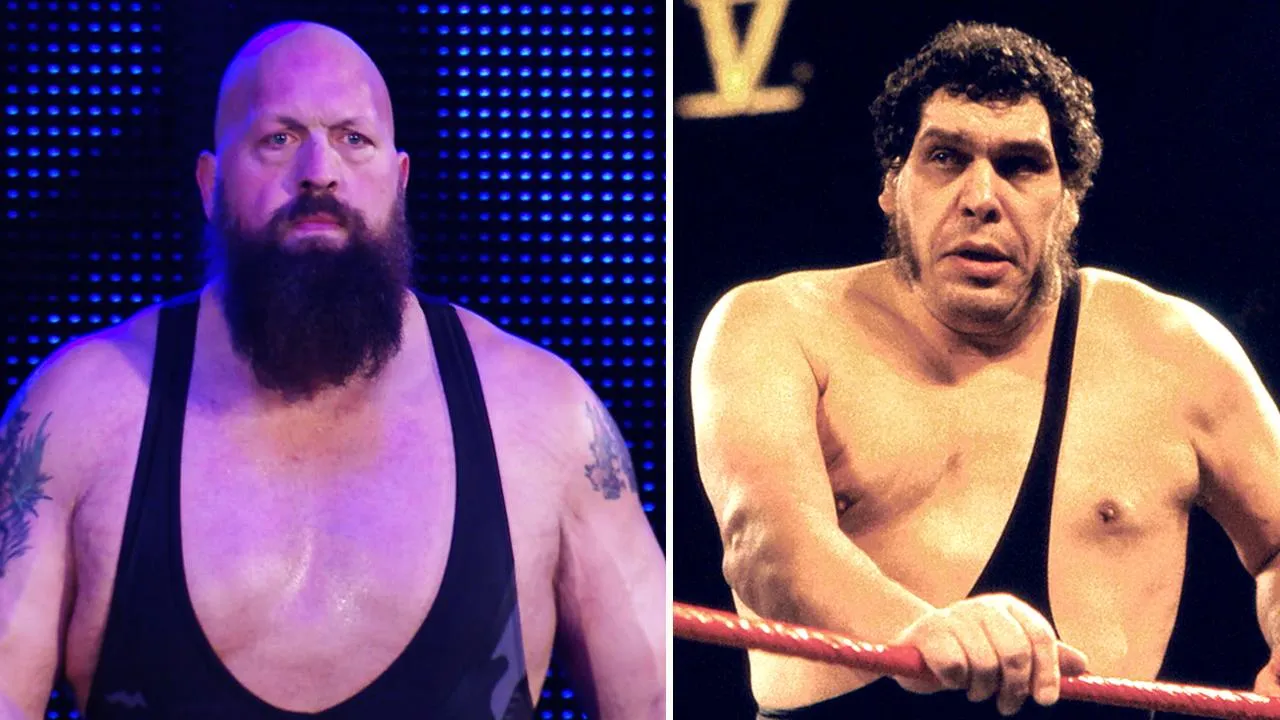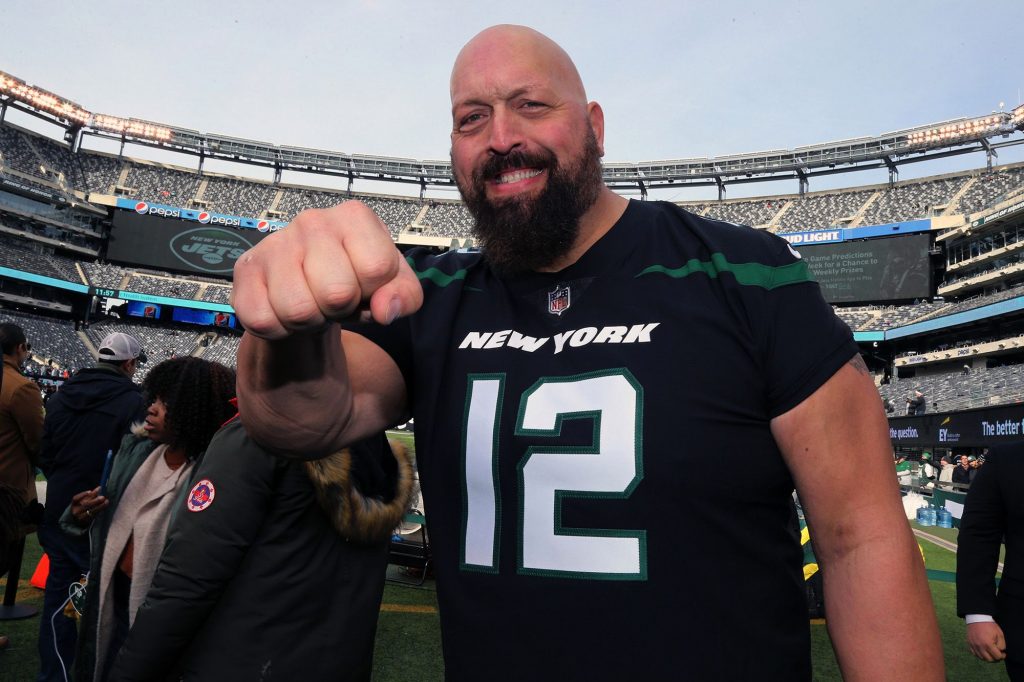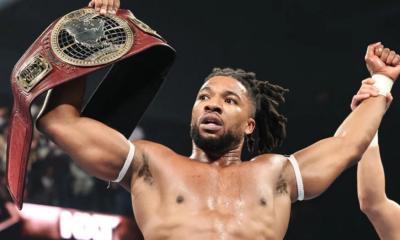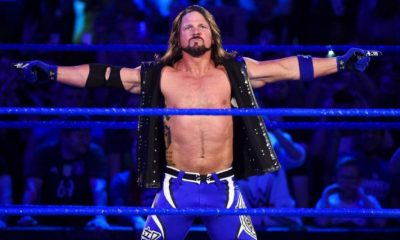
In the world of professional wrestling, legends and myths often blur the lines of reality. Two giants of the industry, Andre the Giant and the Big Show, have been at the center of one such enduring myth. This article delves into the question that has intrigued wrestling fans for decades: Is the Big Show Andre the Giant’s son? We explore the origins of this belief, the perspectives of those involved, and the truth behind this fascinating wrestling lore.
Background on Andre the Giant and the Big Show
Andre the Giant, born André René Roussimoff, was a larger-than-life figure in professional wrestling. His towering presence and unparalleled strength captivated audiences worldwide, making him a legend in the World Wrestling Federation (WWF). His feats in the ring and his role in the classic film “The Princess Bride” cemented his status as an icon.
Enter Paul Wight, better known as the Big Show. Debuting in World Championship Wrestling (WCW) in 1995, Big Show’s massive stature and athletic prowess quickly drew comparisons to the legendary Andre. Standing at over 7 feet tall and weighing over 400 pounds, the Big Show was a natural successor to Andre’s legacy of wrestling giants. His career would span decades, marked by multiple championship reigns and memorable feuds in both WCW and WWE.
The Origin of the Myth
The myth that the Big Show was Andre the Giant’s son originated with his WCW debut. WCW, looking to capitalize on the striking physical similarities between the two wrestlers, introduced the Big Show as “The Giant” and implied a familial connection to Andre. This narrative was bolstered by the Big Show’s attire, which closely mirrored Andre’s, and his portrayal as a dominant force in the ring.
This storyline was a strategic move by WCW to evoke the nostalgia and reverence fans held for Andre the Giant. By associating the Big Show with Andre, WCW aimed to transfer some of Andre’s legendary status and popularity to their new star. It was a classic example of wrestling’s storytelling prowess, creating a narrative that resonated with fans and added a layer of intrigue to the Big Show’s character.
Big Show’s Perspective
In an interview on the Steve Austin Show, the Big Show reflected on being billed as Andre the Giant’s son. He described the experience as “awkward” but acknowledged the significant role it played in launching his career. Big Show credited Hulk Hogan and Eric Bischoff for the idea, noting that it gave him credibility with fans and a unique entry into the wrestling world at a time when opportunities were scarce.

Big Show also expressed his mixed feelings about the gimmick. While it provided him a platform and connected him with fans who adored Andre, it also “cornered” him into a specific role that wasn’t entirely true to his own aspirations as a wrestler. He revealed that, despite being positioned as an attraction similar to Andre, he aspired to be more like Arn Anderson – a wrestler known for his technical skill and in-ring prowess. This dichotomy between the character he was asked to portray and his own wrestling ambitions highlights the complexities and challenges wrestlers often face in balancing storyline demands with personal aspirations.
Fan Reactions and Perceptions
The storyline of the Big Show being Andre the Giant’s son had a lasting impact on fans’ perceptions. Even years after the myth was debunked, many wrestling enthusiasts still associate the Big Show with Andre. In his interview, the Big Show mentioned encountering fans who fondly remember “his father” Andre, a testament to the powerful storytelling of professional wrestling. This enduring belief among some fans illustrates the impact of narrative in wrestling – where characters and storylines can become almost as real as the athletes themselves.
Clarification and Facts
Despite the compelling narrative, it’s important to clarify that the Big Show is not Andre the Giant’s son. The storyline was a creative decision by WCW to enhance the Big Show’s persona and link him to a wrestling legend. While the narrative served its purpose in the world of wrestling entertainment, in reality, there is no familial connection between the two giants. This clarification is essential to separating wrestling’s creative storytelling from factual information, a distinction that sometimes becomes blurred in the spectacle of professional wrestling.
Big Show’s Career Highlights
Independent of the Andre the Giant narrative, the Big Show has carved out an impressive career in professional wrestling. His accolades include multiple world championships in both WCW and WWE, memorable rivalries with top wrestlers, and a reputation as one of the most agile big men in the sport. His ability to perform high-flying moves, despite his size, set him apart from other wrestlers of similar stature. The Big Show’s longevity in the industry, adapting to various character changes and evolving storylines, underscores his skill and versatility as a performer.
While the Big Show is not the son of Andre the Giant, the myth is a fascinating chapter in professional wrestling history. It demonstrates the power of storytelling in the sport and how it can shape the careers and legacies of its athletes. As fans, we are reminded of the unique blend of athleticism, performance, and narrative that makes professional wrestling an endlessly captivating spectacle.














